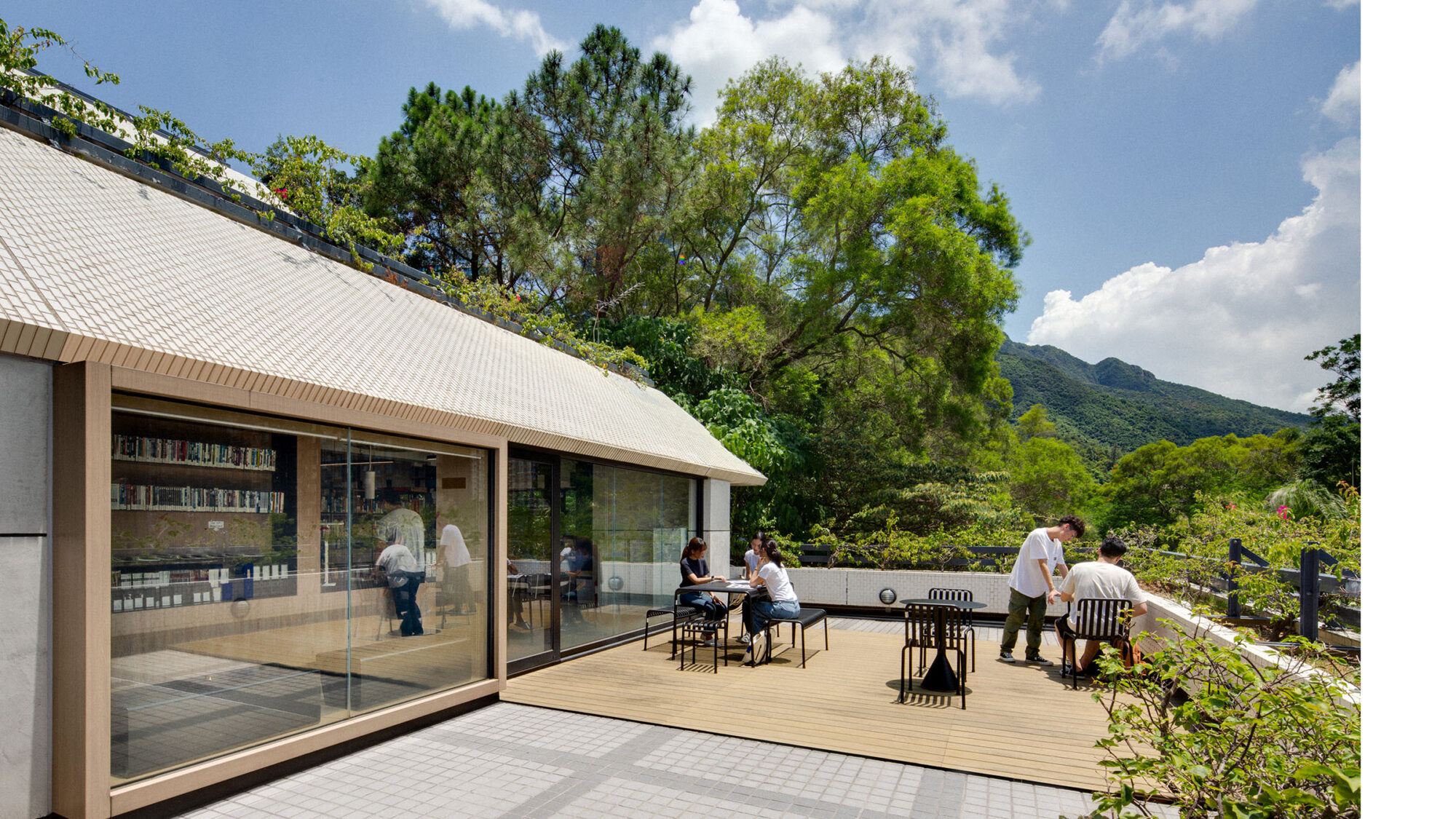









 Illustration by Abbie Reilly @abbieblah
Illustration by Abbie Reilly @abbieblah
Group Director, Nabil Sabet, explores the design and technology implications on workplace design in Toronto and across the globe. Learn more about what to consider to best adapt.

It’s hard to predict the future in a world turned upside down. However we do know that this is a watershed moment. A moment that will result in long-term economic and societal changes. Infectious disease experts warn that the return to “normal” life will be a long road back. This means that our new normal after COVID-19 will also be a big adjustment.
There is no replacement for being physically together. There will always be a human need for connection. However, it is certain that the way the future workplace functions and accommodates the needs of organisations will change. Therefore businesses must prepare for managing an (at least partially) distributed workforce.

Design plays a vital role in employee health and wellness. However, how companies approach it whether it be home office set-ups to corporate headquarters – is taking on new importance. Here’s what’s likely to change:
Government restrictions, shift rotations, booking systems and expanding beyond a local workforce will influence workplace occupation in the future. Why assign and lock in an office space that’s only used sometimes? Some companies may choose a smaller footprint. However the importance of a physical workplace for connection, co-creation, and more will still exist. Also the realisation that coming to work is a more conscious decision will make the future workplace a more purposeful and strategic space. These will therefore become intentional spaces that will provide experiences that can’t be met by video conferencing and remote work. They will leverage physical proximity requirements to support health, aesthetics and desired behaviours.
Depending on how densely a company’s workforce re-occupies a space, stricter ventilation methods will be necessary. This will combine extraction, air changes, filtering/sterilising and recirculating air. Some of these methods can be considered with relative ease. While on the other hand some will require deeper coordination with the existing infrastructure. Enclosed rooms and high-density areas will also need more focus on the extraction systems and airflow within the space. This will be an increasingly critical component. This will allow people to be in the same space without sacrificing their health or safety.
Employees will expect their work environments to keep them safe and healthy when they return to the office. Hospital-grade sanitising inside (and outside) offices will no longer be optional. Self-cleaning surfaces will also become commonplace and anti-microbial materials will feature throughout offices. Ventilation and filtration will be continue to increase in the future workplace. Light fixtures (UV) will assist in disinfecting the environment and strengthen infection prevention.
Ergonomics and wellbeing standards will extend beyond the workplace to ensure employees maintain their health from home. These considerations will now feature in corporate onboarding. The home office is taking shape with stipends and ergonomic, approved checklists of tools and setups. This will ensure that there is no disparity between working from the office and working from home. Technology requirements will be met with tools and internet access that enables pick-up and plug-in access. Apartments will provide co-working and office amenities, fully uniting work and home capabilities.

Before Zoom became a verb, many companies treated virtual meetings as second best to face to face collaboration. This is no longer the case. Regardless of your age or role within the company, the pandemic has forced the world into a mass remote work experiment. Many are discovering its benefits. From millennials to baby boomers, millions have had to embrace technology and have rapidly developed new skills to work remotely. Many have now also come to realise that age and experience matter much less than resiliency. So even when the current lockdowns are lifted, virtual working and learning will remain a steady part of our lives. All of this requires technology to enable remote working efficiently. Here’s how:
If they haven’t already, companies will shift away from dependency on anchored technology (e.g. desktops, local servers, etc.) and instead on cloud-based platforms. In-office technology will be an extension of remote working. There will be a fluidity for flexible working between the home and the office with the future workplace.
The technology platforms we use to organise meetings will change. Virtual meetings will become a universally accepted mode of communication in the post-pandemic era. As a result, online collaboration software will seamlessly integrated into daily workflow. There will be more virtual team chats. Many will consider email and traditional conference calls as slower alternative forms of communication.
Setting up home technology will become a staple of new employee onboarding to ensure people can work remotely with ease in the future workplace. Companies will support some or all of the costs associated with working remotely. This will include Wi-Fi and other tech expenditures previously shouldered by the employee.

Ultimately, the questions you should ask yourself are: What workplace design or technology changes are you envisioning for your business? Are you preparing now or waiting to see how the post-pandemic world unfolds? and also how do you foresee the future workplace?
Group Director